Which animal would you naturally go for when looking for a household pet? Most people would probably go for a fluffy dog or cute furry cat. However, there are other smaller animals that make great household pets. These pint-sized creatures require less space and are relatively easier to take care of.
This article will look at the best pocket pets to keep, how to choose the best pocket pets for your household, and everything in between. Let’s dive in.
What Are Pocket Pets?
They are small, pocket-sized furry animals that are kept as household pets. Aptly named for their small size, most can fit into a pocket. They include rats, mice, hamsters, gerbils, and the slightly bigger hedgehogs, guinea pigs, chinchillas, rabbits, and sugar gliders. Interestingly, most pocket pets are nocturnal creatures.
How To Choose The Best Pocket Pet
Before venturing out to pick a pocket pet for your household, you need to carry out your due diligence. Committing to taking care of a pet is part of what is required for it to thrive in your home. So, you need to ask yourself some questions before you get a pet.
- Does the type of pocket pet fit your lifestyle?
- What kind of dietary needs does the pet require?
- Do they need special housing?
- What kind of veterinary care does the pet require?
- Do they need any interaction with another animal or toys?
These questions can act as a guide as you make the right choice for your household. If you have a family with small children, pocket pets that bite like hamsters may not be the best choice. You can opt for chinchillas or gerbils, which are equally cute, cuddly, and fun to watch.
Conversely, if you live alone and work a nine-to-five, you may consider getting a small pet that requires less interaction and play, such as a hedgehog, which requires less human interaction. Alternatively, you could get a hamster- a nocturnal animal that will be ready to play with you after your long day at work.
Generally, choosing the right pocket pet requires as much research as you would for bigger pets.
Which Are The Best Pocket Pets To Keep As Pets?
We have rounded up a list of the best pocket pets to keep. Also, you will get detailed information on each pet with their characteristics to help you make the right choice based on your preferences and needs.
Hamsters

Hamsters are one of the cutest pocket pets and make the best companions for kids since they are super playful. They are inquisitive and sociable animals. Some breeds love being touched on their soft silky fur, whereas some breeds like the Roborovski hamster don’t like human touch. Additionally, they are nocturnal little creatures, and they are most playful at night, which might be disappointing for children. They also don’t like being disturbed when they are asleep. They can become aggressive.
Hamsters come in various breeds, and each has its own personality. The Syrian hamsters, for instance, prefer to be housed alone as they are not sociable. They love human attention but limited interaction, which can cause them stress. The White Winter Dwarf Hamsters, on the other hand, are sociable and can be housed in same-sex pairs.
Lifespan
- 3-5 years.
What They Need
- Spacious cage for nesting and play
- Toys to stimulate them
- Hamster wheel
Rats

Rats make great companions for both adults and children. They are intelligent, clean, and sociable little animals that enjoy human interaction. You can easily teach them tricks like retrieving objects and games like navigating obstacles which are perfect for keeping them stimulated.
What’s more, these are activities you can create with simple household items like tissue rolls or paper towels. Rats make the ideal pets for small children. They rarely bite and form strong bonds with their owners.
Rats require a larger cage than hamsters. They love to run around and play, so ensure that you have enough room in the cage. It is also important to provide rats with enough bedding like cardboard or shredded paper towels to give them enough room for burrowing and hiding food. Moreover, since they are sociable creatures, it is best to house them in same-sex pairs.
Rats are prone to chronic respiratory infections and cancerous mammary tumors, which you can control with regular veterinary visits.
Lifespan
- 2-4 years
What They Need
- Large cage
- Some woodblocks to keep their front teeth from overgrowing
- Food pellets – Rats feed on specially formulated pellets available in most pet stores. You can also feed them with fresh fruits and vegetables to meet their dietary needs.
Mice
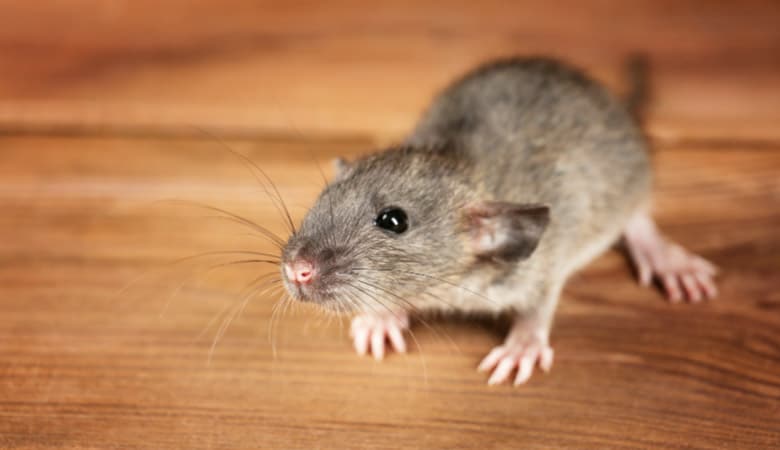
These little explorers are fun to watch animals. They rarely bite and would make a great addition to a family with children. They are quick and always on the move. They love to climb, run around, and easily climb out of their cage bars.
If you choose to keep mice, house them in pairs according to their sex. Male mice tend to fight other males.
They love human interaction, and you can teach your kids to feed them. They love to take food from their carer’s hands.
The most common mice you will find in most pet stores are Albino and Fancy Mouse, which come in various colors.
Life Span
- 2 years (if you are concerned about your children’s attachment with the pet, you may need to consider a pet with a longer lifespan.)
What They Need
- A large cage with narrow cage bars
- Commercially formulated pellets- Like rats, mice feed on commercial pellets, which provide them with the necessary nutrients they need to grow.
Chinchillas
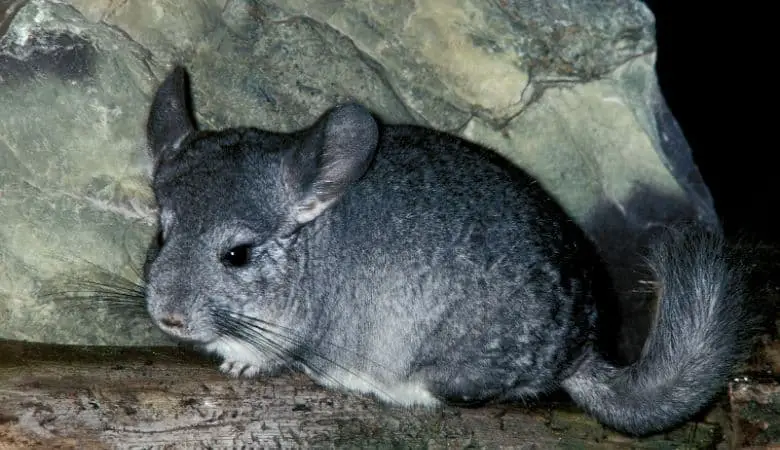
Chinchillas make great household pets. These exotic animals are similar in appearance to rabbits and squirrels though they are slightly larger and more robust than squirrels. Chinchillas are quite shy and do not make great cuddle buddies. They love solitude and prefer to stay in their cages. They are great if you prefer to have a pet just to watch. However, they can learn to enjoy the owner’s company.
If you decide to get a chinchilla, house them in a roomy cage with a nesting box or hiding area which they require to rest. You don’t need to bath chinchillas. This is because they take a dirt bath a few times a week. All you need is to place some chinchilla dust in their cage and leave it for at least half an hour. Alternatively, you can choose to remove the chinchilla from the cage to have its dust bath.
Chinchillas are crepuscular, meaning they are only active at dawn and dusk. They require minimal attention.
Life Span
- 12-15 years
What They Need
- Multi-level cage for stimulation and play
- Special Chinchilla dust
- Grass-based pellets
- Hay
Gerbils
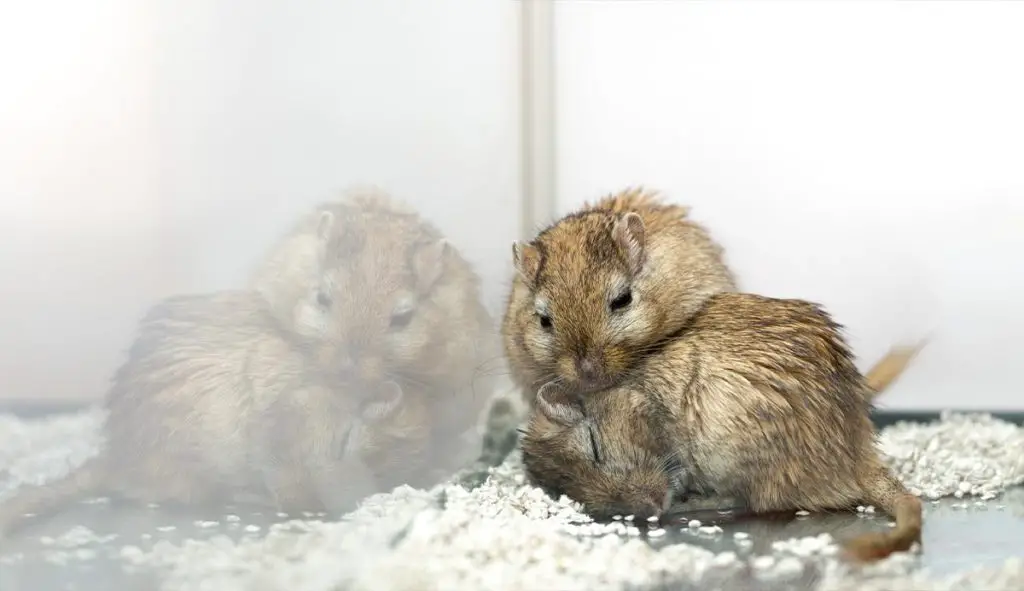
These quick and agile creatures are quite sociable. Unlike hamsters, they don’t adapt well in solitary; thus, you should keep them as a pair of the same gender. Gerbils are fragile, and if your household has children, they would need adult supervision. Also, kids may find it difficult to hold them without squeezing them because of their agility.
They are burrowing animals by nature and spend hours digging for pleasure. This means that the environment you house them in should provide enough room for these activities. Additionally, their environment needs to be stimulating for play and exercise. Since they love chewing, a wooden or wire cage would not be an ideal housing option for these furry creatures. Consider getting a fish tank or plastic gerbil home you can purchase at any pet store.
Make sure you scatter their food in the cage to encourage foraging. At the end of the day, you can clean the cage by removing any stale food that has been left to maintain proper hygiene.
Gerbils need ample social interaction, good nutrition, hygiene, and regular veterinary visits to stay healthy and happy.
Before purchasing a gerbil, you need to check with the authority if your state allows you to keep it as a pet. Purchasing and keeping a gerbil may be illegal in some states.
Life Span
- 2-4 years
What They Need
- Toys – Consider wooden chew toys, wood planks, or cardboard tubes
- Pre-mixed gerbil food purchased from a pet store
- Fresh fruits and vegetables (Do not feed them too much lettuce as it can cause diarrhea)
- Hard-boiled eggs, sunflower seeds, cheese, peanuts in small amounts
- Wood shavings for bedding
Rabbits
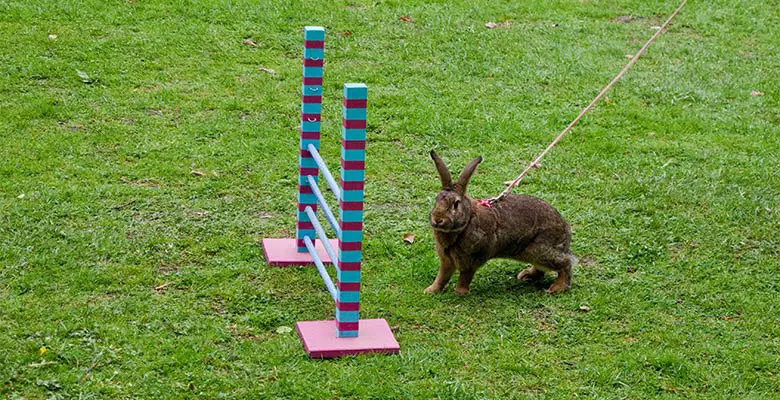
Bunnies make excellent pets for children. They are social animals, and when getting them as pets, you should consider housing a pair for companionship. They are very playful, and you can teach them how to use the litter box. However, if you have kids, they should not be left unsupervised with bunnies. This is because they are prey animals, and if they sense a danger to themselves, they tend to bite, kick, or scratch.
If you decide to keep rabbits as household pets, you need to have space to house them in wooden hutches. They need to be spacious to provide your bunnies enough room for play and activities. Rabbits also need to spend some time out of their hutches to roam around and play. Be careful not to leave them unsupervised because they love to chew. You may come home to chewed wire cables or wooden furniture.
They feed on grass, hay, rabbit pellets, leaves from weeds, plants, or bushes. Always remember to give them water.
Life Span
- 6-8 years
What They Need
- Wooden Hutch with wired floor
- Toys
- Obstacles
- Occasional food treats such as carrots, root vegetables, and fruits
Guinea Pigs
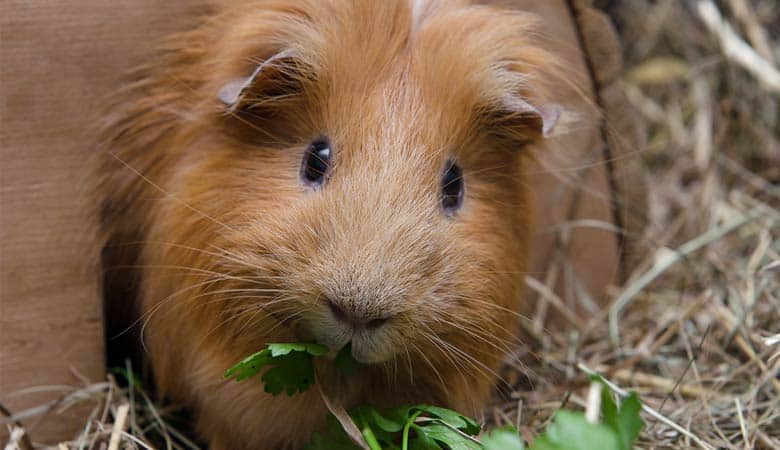
Guinea pigs are comparably bigger in size than the other pocket pets. They are cute, gentle, and very friendly pets to own. They make wonderful companions for young children as their first pets. They are tame and generally do not bite. They enjoy human interaction and love to be petted and to play. Amazingly, they are the most vocal of the pocket pets. When you have interacted with them for a while, you will notice they make different sounds when happy, sad, or even hungry.
Out of their social nature, they love companionship with one of their kind for them to thrive. They also thrive in large spaces. Thus, their cages need to roomy for stimulation and play. These cuties feed primarily on vegetables.
Life Span
- Up to 7 years
What They Need
- Attention
- Lots of playtimes
- Large floor space for a cage
Vitamin C supplements
Sugar Gliders
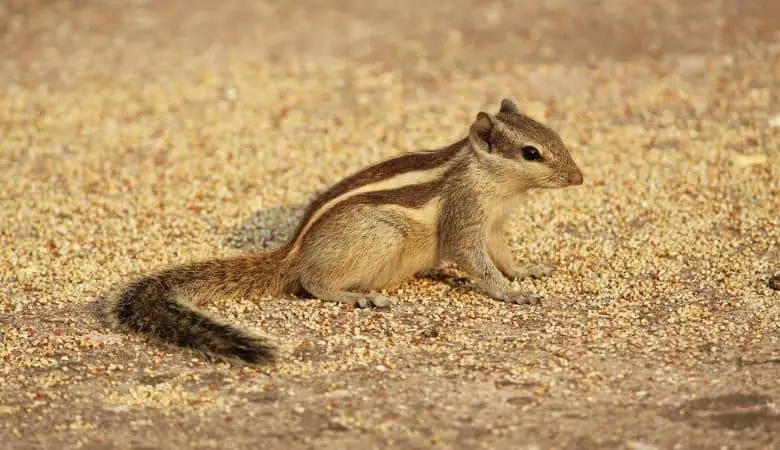
Sugar gliders are small, cute, and extremely social animals. Due to their social nature, you should not keep these little furries alone. They get depressed and develop undesirable behaviors.
Sugar gliders are different from other pocket pets. You can house the males and females together as long as you neuter the male before they are 6 months if you do not want a litter.
Unlike the other pocket pets, sugar gliders are marsupials. They have a small pouch for carrying their young ones like kangaroos. You are most likely to find sugar gliders in most pet stores, breeders, or shelters.
These cute animals require a lot of human interaction and attention to tame them; otherwise, they can get nippy- not an ideal pet for families with small children. They are nocturnal and would work perfectly with someone who has time to interact with them at night.
Sugar gliders are omnivorous, so a diet balanced with animal and plant matter will meet their dietary needs. You can feed them cooked eggs, small amounts of lean meats, leafy vegetables, commercial pellets that contain nectar, and minimal fruits. Despite their name, these cute marsupials do not feed on sugary treats.
Life Span
- 10-12 years
What They Need
- Tall wired cage with narrow bars. (They are notorious escape artists)
- Pouch in the cage for sleeping and hiding during the day
- The cages need to have branches and shelves for perching.
- Shredded paper for bedding
- Bird toys
- Swings
- Exercise wheel
- Water dish
How To Care For Pocket Pets
- Once you have purchased your cute furry ball, you will need to ensure that you provide utmost care to them to have a happy and healthy pet.
- Beddings are one of the most crucial aspects of your pet. Use absorbent material to keep off odors. Most pets will be comfortable with wood shavings or shredded paper. Ensure that you change it regularly to maintain utmost hygiene.
- Provide nutritionally balanced food and treats. Always have a water dish in the cage, which you change daily.
- Keep your pets in clean and well-spaced cages or hutches to give them enough room for playing and simulation.
- Give your small furries time out of their cages to roam around and enjoy the outdoors. Be careful not to leave them unsupervised when they are outdoors.
- Maintain regular veterinary visits to keep your little friend healthy.
Deciding to keep a pocket pet should be a decision you make after carefully carrying out thorough research. However, once you have settled on your choice, you will be glad you did because pocket pets make the perfect companions. If your household has children, they will have a new best friend, and they will learn how to take care of pets. They can also help out by cleaning out the pets’ cages and engaging them in play to stimulate them.


